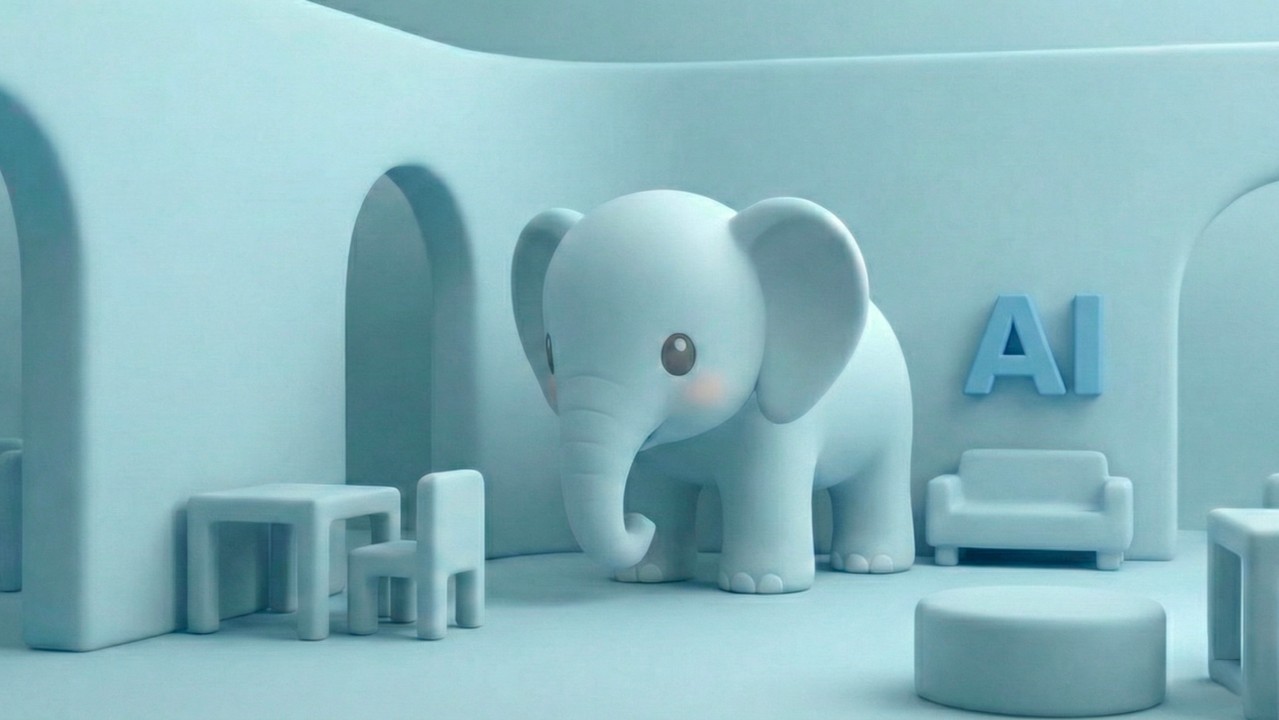A transformation is underway—quiet, yet radical—in our relationship with technology.
After decades of clicks, taps, and voice commands, we are entering an era where interfaces no longer just respond; they perceive, interpret, and act.
It’s the meeting of two powerful forces: on one side, Generative AI (GAI); on the other, Multimodal User Interfaces (MUI).
Together, they are rewriting how we design and experience the relationship between humans and machines.
From Multimedia to Multimodality
For years, we’ve confused “multimedia” with “multimodal.”
The former refers to the variety of content—text, images, video—but remains tied to a single mode of interaction.
The latter combines multiple sensory channels in parallel: voice, gesture, touch, gaze, even environmental context.
A well-designed MUI can weave these channels together into a coherent experience.
I speak, point at something on the screen, move my hand to confirm—the system integrates all this, interprets my intent, and responds fluidly.
It’s a more natural, accessible, and—above all—human interaction.
GAI as a Sensory Catalyst
If multimodality is the body, Generative AI is the mind.
Thanks to deep learning models, GAI no longer just understands language—it sees, listens, and creates.
It can describe an image, synthesize a video, respond with a natural voice, or generate an immersive simulation to explain a complex idea.
In design terms, this marks a shift from reactive systems to systems that anticipate.
An interface can analyze tone of voice, visual context, or biometric data to sense confusion—and decide to show an animation instead of a text reply.
This is where proactivity is born: technology that doesn’t wait to be asked, but collaborates.
Designing for Uncertainty
When the interface becomes an intelligent partner, everything changes for the designer too.
Design is no longer about efficiency or visual order—it’s about managing uncertainty.
Generative models are non-deterministic: they can “hallucinate,” make mistakes, or propose unexpected alternatives.
This is why new UX principles are emerging, such as the “six pillars of Generative AI design”:
Responsibility – Design solutions that solve real needs, inclusively.
Mental Models – Help users understand how the system reasons.
Calibrated Trust – Communicate AI’s limits, don’t hide them.
Generative Variability – Offer multiple possibilities, not a single answer.
Co-creation – Make users active participants in the process.
Imperfection – Design ways to “fail well,” allowing correction and feedback.
In essence, this means shifting focus from control to collaboration.
The interface is no longer a control panel—it’s a co-creative environment between human and intelligence.
The Big Tech Ecosystem
Apple, Google, and Amazon are taking different approaches to this new frontier.
Apple focuses on privacy and edge computing, bringing AI processing directly onto the device to reduce latency and increase trust: a discreet, adaptive AI that integrates into daily life without intrusion.
Google, with Gemini, explores proactivity—an AI that analyzes, suggests, and even redesigns interfaces through tools like UI Pro.
Amazon, on the other hand, is humanizing Alexa, turning it into an assistant capable of reading tone, context, and gesture—a conversation rather than a command.
Different visions, yet converging on the same goal: a natural, continuous, multimodal interaction.
From Designing for Humans to Designing with AI
Multimodal interfaces are transforming not only user experience but also how we design.
Tools like Galileo AI or Uizard generate graphic prototypes from text prompts, accelerating creativity and transforming the designer into a curator of interaction, rather than a visual executor.
At the same time, AI Agents are emerging—systems that understand and use existing software interfaces to perform complex actions.
This changes everything: we are no longer designing only for human users, but also for the intelligences that will interact with our interfaces.
A UI will need to be “readable” by both humans and algorithms—ushering in a new concept of shared usability between human and machine.
Ethics, Trust, and the Sense of Control
When AI perceives tone or gaze, the line between assistance and surveillance becomes thin.
Design must balance personalization and privacy, making the system’s awareness visible without creating anxiety.
Accessibility becomes not just an ethical issue but a driver of innovation: interfaces that translate sign language or describe visual scenes open extraordinary opportunities for everyone.
As designers, our task is to turn trust into a design element, not an abstract promise.
We are designing technologies that know how to make mistakes—but do so in a human way.
Toward a New Paradigm
Multimodal interfaces powered by generative AI mark the end of linearity.
They are no longer windows into the digital world, but cognitive partners that learn, perceive, and adapt in real time.
It’s a paradigm shift comparable to the leap from command line to touch.
And perhaps for the first time, the interface is no longer a filter between us and the machine—it’s a space of relationship.
In this scenario, the designer no longer builds screens—they build dialogues.
They design trust, manage ambiguity, and orchestrate sensory modes.
It’s a role that becomes almost curatorial—a balance between technique, empathy, and critical sense.
The future of interfaces will not just be multimodal.
It will be multisensory, co-creative, and profoundly human.



